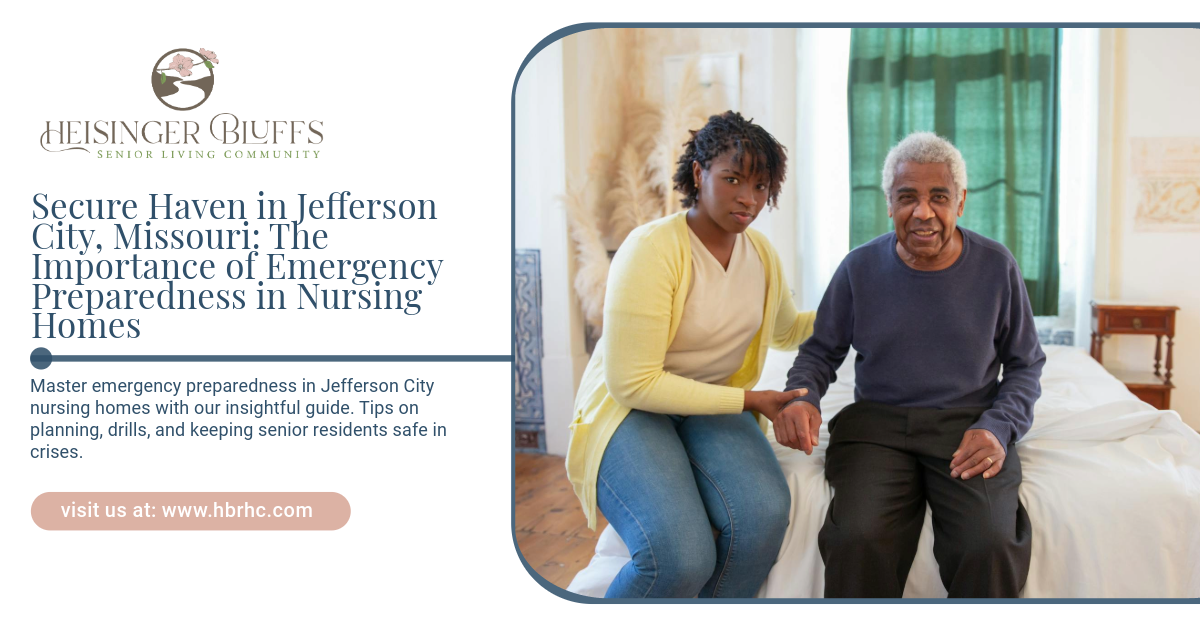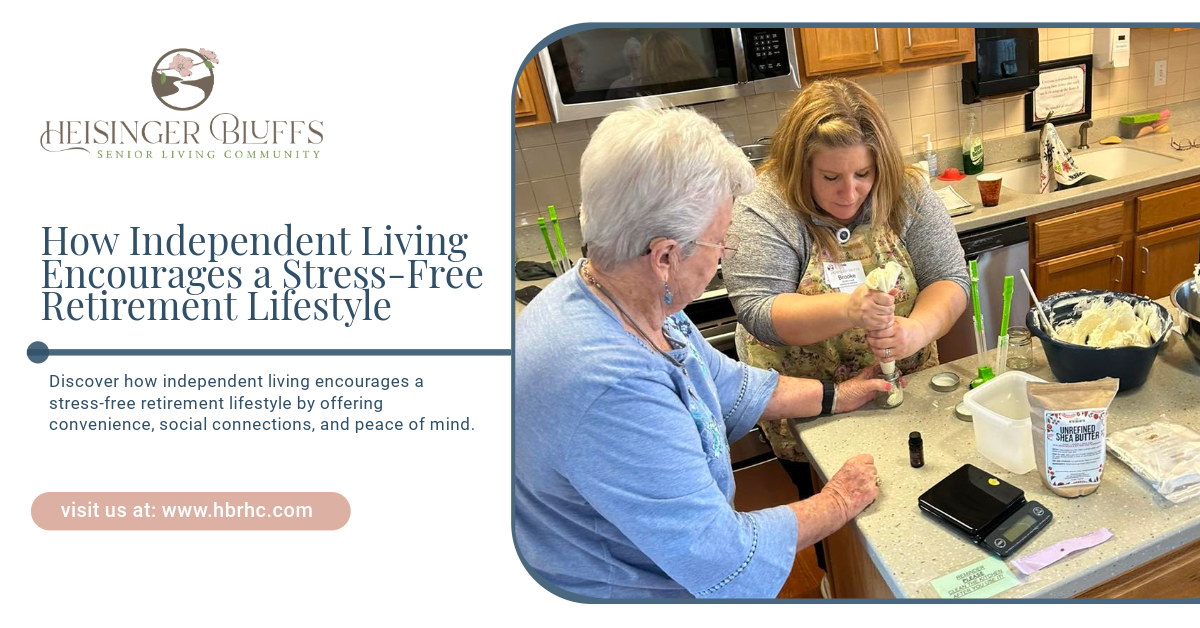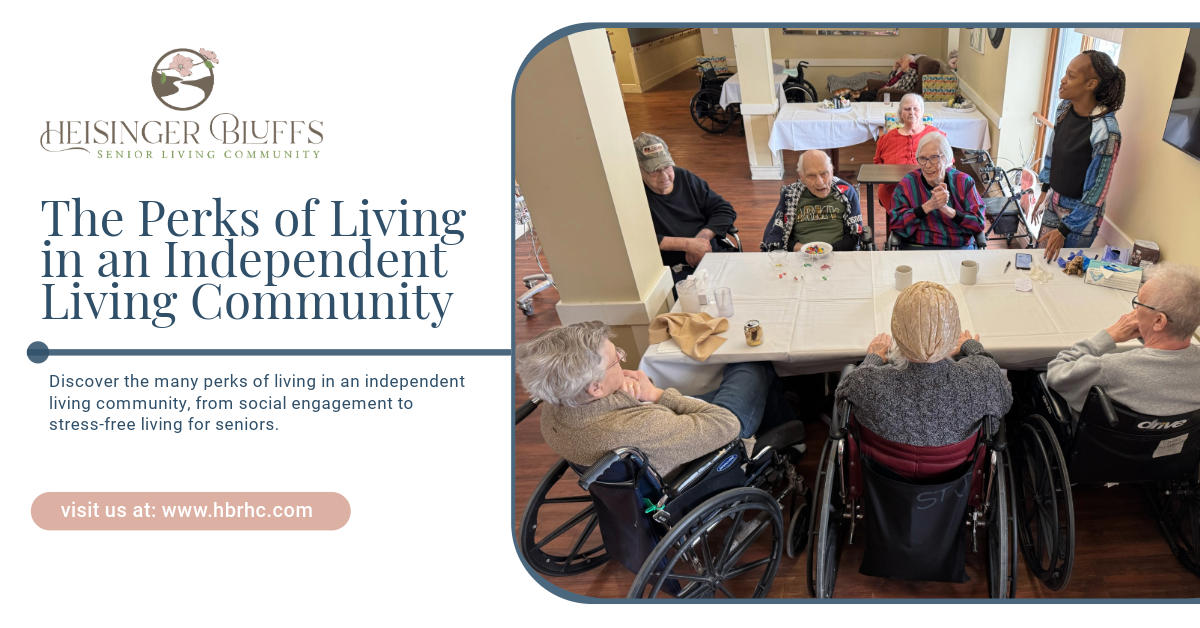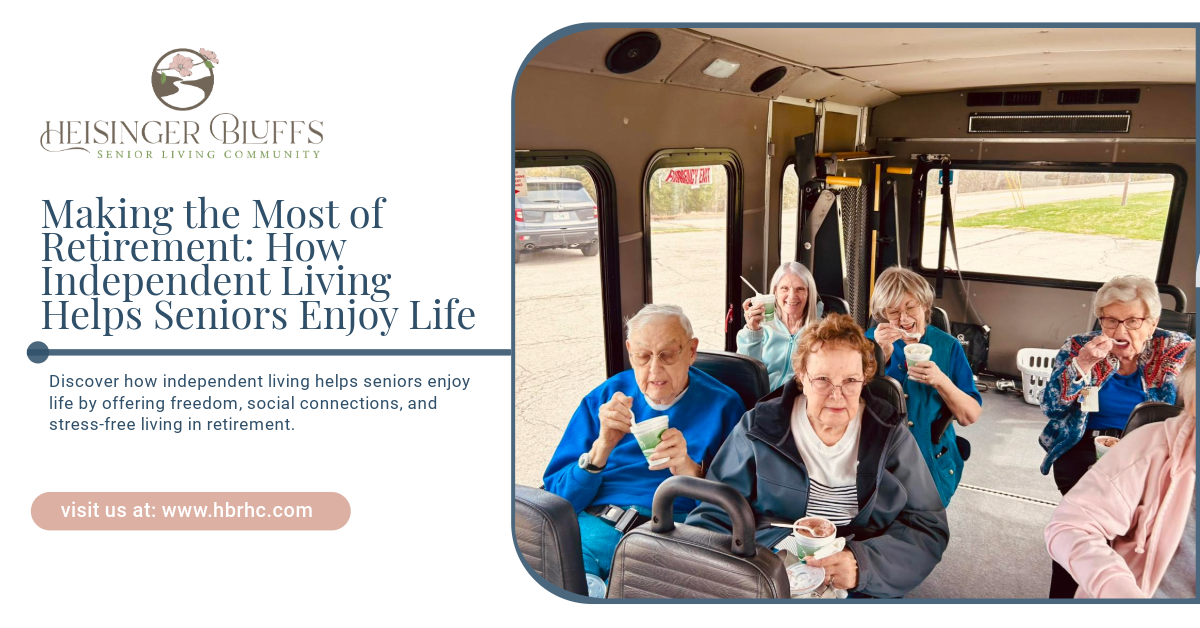Get in touch
Secure Haven in Jefferson City, Missouri: The Importance of Emergency Preparedness in Nursing Homes

The Critical Need for Emergency Preparedness in Jefferson City, MO Nursing Homes
In senior care facilities, particularly those in Jefferson City, Missouri, emergency preparedness is not just a regulatory requirement but a critical aspect of ensuring the safety and well-being of residents. Nursing homes must be equipped to handle a variety of emergency situations, from natural disasters to health epidemics.
Understanding the Unique Vulnerabilities of Nursing Homes
Nursing homes house some of the most vulnerable members of society, many of whom have limited mobility, complex health conditions, and cognitive impairments. These factors create unique challenges during emergencies. For instance, evacuating elderly residents quickly while ensuring their medical needs are met can be a complex task that requires careful planning and coordination.
| Vulnerability | Impact |
|---|---|
| Limited Mobility | Increased time for evacuation |
| Health Conditions | Need for continued medical support |
| Cognitive Impairment | Difficulty in understanding or following emergency procedures |
In addition, the infrastructure of the facility itself can pose risks. Older buildings may not meet modern safety standards, and the lack of necessary safety features can exacerbate the risks during an emergency. Ensuring that nursing homes have up-to-date fire safety and surveillance systems is crucial.
The Impact of Emergencies on the Elderly Population
Emergencies can have a profound impact on the elderly, often exacerbating existing health conditions and leading to new health concerns. Stress and anxiety caused by emergencies can lead to adverse physical reactions, particularly in those with heart conditions or respiratory issues.
The following table outlines the potential health impacts of emergencies on the elderly population:
| Health Impact | Description |
|---|---|
| Increased Fall Risk | Stress and rapid movement can increase the risk of falls. |
| Worsening of Chronic Conditions | The strain of emergencies can worsen conditions such as heart disease or diabetes. |
| Mental Health Effects | Emergencies can lead to confusion, disorientation, and anxiety. |
Given these risks, it is imperative that nursing homes have robust emergency plans in place. These plans should include protocols for medication safety and access to emergency medical services. Furthermore, alarm systems should be in place to alert senior residents and staff of potential dangers promptly.
Emergency preparedness in nursing homes is not only about responding to events but also about preventing them and mitigating their impact. By recognizing the unique vulnerabilities of nursing home residents and the potential health impacts of emergencies, caregivers and administrators in Jefferson City can take proactive steps to create a secure haven for the elderly.
Fundamentals of Emergency Preparedness in Jefferson City Nursing Homes
Emergency preparedness in nursing homes is a critical aspect of ensuring the safety and well-being of senior residents. Nursing homes must have robust systems in place to respond effectively to a variety of emergencies, from natural disasters to health crises.
Comprehensive Emergency Plans in Nursing Homes
A comprehensive emergency plan is the cornerstone of preparedness in nursing homes. This plan should cover all conceivable scenarios and include specific protocols for evacuation, shelter-in-place, and lockdown situations. The plan must be tailored to the unique needs of the elderly population, taking into account mobility issues, medical requirements, and potential communication barriers.
Key elements of an emergency plan include:
- Identification of potential emergency scenarios
- Detailed evacuation routes and procedures
- Designation of safe areas within the facility
- Protocols for resident accounting and tracking
- Strategies for handling medical emergencies
- Coordination with local emergency services
Every plan should be reviewed and updated regularly to ensure its effectiveness and compliance with current legal standards and regulations for safety in nursing homes.
Regular Nursing Homes Drills and Staff Training
To ensure that emergency plans are more than just documents, regular drills and comprehensive staff training are essential. Drills help staff and senior residents practice and familiarize themselves with emergency procedures, reducing panic and confusion during an actual event.
Training programs should include:
- Role-specific responsibilities during an emergency
- Operation of emergency equipment
- Resident communication and reassurance techniques
- First aid and emergency medical response
- Evacuation assistance for residents with mobility impairments
Regular drills coupled with ongoing training help maintain a high level of preparedness among staff and residents.
Communication Systems for Nursing Home Emergencies
Effective communication is a vital component of emergency preparedness. Nursing homes must have reliable communication systems to alert residents and staff, coordinate with emergency services, and inform families about the situation.
An effective communication system includes:
- Alarm systems to signal the onset of an emergency
- Public address systems for real-time updates and instructions
- Backup communication methods in case of power failure
- Secure and accessible resident medical records for emergency responders
- Contact lists for notifying residents' family members
For detailed information on implementing communication systems, caregivers and administrators can refer to our articles on alarm systems in nursing homes and surveillance systems in nursing homes.
By addressing these three fundamental areas of emergency preparedness—comprehensive emergency plans, regular drills and staff training, and robust communication systems—nursing homes in Jefferson City can create a secure environment that is well-equipped to handle any crisis.
Key Components of a Safe Nursing Home in Jefferson City, Missouri
The safety and security of senior nursing home residents in Jefferson City, MO are paramount, especially during emergencies. The following key components are essential for ensuring a safe haven for seniors.
Nursing Homes' Infrastructure and Safety Features
A nursing home's infrastructure plays a critical role in its ability to withstand and respond to emergencies. Safety features should be integrated into the very design of the facility. This includes:
- Sturdy construction materials and methods to resist natural disasters specific to the area.
- Fire-resistant materials and compartmentalization to prevent the spread of fires, with reference to our in-depth look at
fire safety in nursing homes.
- Adequate lighting and clear signage for evacuation routes and emergency exits.
- Barrier-free access ways for the mobility impaired.
| Safety Feature | Purpose |
|---|---|
| Fire-resistant doors | Contain fires and smoke |
| Emergency lighting | Guide evacuation in power outages |
| Handrails and ramps | Aid mobility during evacuations |
Nursing homes should also be equipped with state-of-the-art surveillance systems to monitor the premise actively, ensuring a quick response to any potential threats or emergencies.
Medical Supplies and Equipment in Nursing Homes
Nursing homes must be stocked with a comprehensive supply of medical equipment and medications to handle emergency situations. This ensures continuity of care for senior residents who rely on routine treatments and those who may need urgent medical attention. The inventory should include but is not limited to:
- First aid kits and emergency medical supplies.
- Medications, including those for chronic conditions, pain management, and antibiotics.
- Life-support equipment such as oxygen tanks and defibrillators.
Maintaining a detailed and updated list of these supplies, as discussed in our article on medication safety in nursing homes, is essential for preparedness and swift action.
Nursing Homes' Access to Emergency Services
A well-prepared nursing home has established protocols for quick access to emergency services. This includes:
- Direct communication lines to local fire departments, hospitals, and police.
- Contracts with emergency transportation services to ensure prompt evacuation if needed.
- Regular meetings with local emergency planners to integrate the nursing home's emergency response with community plans.
The proximity and response time of emergency services can be a critical factor in the event of an emergency. A table of local emergency services contact information should be readily accessible to all staff members.
| Service | Contact Information |
|---|---|
| Fire Department | (555) 123-4567 |
| Local Hospital | (555) 234-5678 |
| Police Department | (555) 345-6789 |
Additionally, nursing homes should have robust alarm systems in place, capable of alerting residents and staff promptly when an emergency occurs. These systems should be regularly tested to ensure functionality.
By ensuring these key components are in place, nursing homes in Jefferson City, Missouri can provide a secure environment for their residents, even in the face of unexpected emergencies. Caregivers and family members can have peace of mind knowing that the facility is well-prepared to protect their loved ones.
Tailoring Emergency Preparedness to Jefferson City Nursing Homes
Emergency preparedness in nursing homes requires a strategic approach tailored to the specific location of the facility. In Jefferson City, MO, understanding local risks and collaborating with community emergency services are vital steps in ensuring the safety of elderly residents.
Understanding the Local Risks in Nursing Homes in Jefferson City, Missouri
Jefferson City's geographical and climate profile presents a unique set of challenges that nursing homes must address in their emergency preparedness plans. Seasonal weather events, such as tornadoes, severe thunderstorms, and winter storms, are potential risks that can impact the functionality and safety of nursing homes.
| Local Risk | Description |
|---|---|
| Tornadoes | High winds and flying debris may cause structural damage. |
| Severe Thunderstorms | Potential for power outages and flooding. |
| Winter Storms | Icy conditions can disrupt supply chains and access to care. |
Nursing homes in the area must assess these risks and incorporate specific strategies to mitigate their impact. This includes structuring buildings to withstand severe weather, ensuring backup power systems are in place, and having an ample supply of essentials to sustain operations during extended emergency conditions.
Collaboration with Local Emergency Services
Collaboration with local emergency services is critical for nursing homes in Jefferson City to effectively respond to emergencies. Establishing partnerships with local fire departments, police, and emergency medical services ensures that nursing homes have a direct line of communication during crises. These relationships also facilitate joint training exercises, which can improve coordinated response efforts.
Nursing homes should participate in community emergency planning to stay updated on local protocols and resources. This includes attending meetings with emergency management officials and integrating community response plans into their own emergency procedures.
Regular drills involving both staff and local emergency services can help identify potential areas for improvement in the nursing home's emergency response. By collaborating with experts in the field, nursing homes can benefit from shared knowledge and resources, such as fire safety in nursing homes, alarm systems in nursing homes, and medication safety in nursing homes.
By tailoring emergency preparedness to the specific needs of Jefferson City and fostering strong partnerships with local emergency services, nursing homes can create a secure haven that is ready to protect its residents during any unexpected event.
Evaluating Nursing Homes for Your Senior Loved Ones in Jefferson City, MO
Selecting a nursing home for a family member is a significant decision, and ensuring the facility is well-prepared for emergencies is paramount. This section provides guidance on how to evaluate the emergency preparedness of nursing homes.
Assessing Emergency Preparedness During Nursing Home Tours
When visiting a nursing home, it is essential to observe and inquire about their emergency preparedness. Key elements to consider include:
- Existence of an Emergency Plan: Determine if the nursing home has a comprehensive emergency plan tailored to various scenarios, including natural disasters, power outages, and medical emergencies.
- Safety Features: Look around to see if the facility has appropriate
fire safety measures, such as sprinklers and clearly marked exits, as well as
surveillance systems to monitor the premises.
- Staff Responsiveness: Pay attention to how staff members discuss their roles during an emergency. Their ability to articulate the emergency procedures indicates thorough training and preparedness.
- Drill Schedules: Inquire about the frequency of emergency drills. Regular drills are crucial for ensuring that staff and residents are aware of what to do during an actual emergency.
Questions to Ask Nursing Home Administrators
To gain a deeper understanding of a nursing home's emergency preparedness, consider asking the following questions to the administrators:
- How often is the emergency preparedness plan updated and practiced?
- Can you provide examples of how the home has handled past emergencies?
- What is the protocol for family communication during an emergency?
- How are residents with mobility or cognitive limitations assisted during an emergency?
- Are there backup generators, and how long can they sustain the facility's operations?
Asking these questions can provide insight into the level of preparedness and commitment to resident safety.
Legal Standards and Regulations for Safety in Nursing Homes
Understanding the legal obligations for safety in nursing homes is crucial. These regulations ensure that nursing homes meet certain standards for emergency preparedness and response:
- Local and Federal Regulations: Nursing homes must comply with local Jefferson City guidelines, as well as federal regulations such as those from the
Centers for Medicare & Medicaid Services (CMS).
- Safety Inspections: Regular safety inspections are mandated by law to identify and address potential hazards within the facility.
- Compliance with Fire Codes: Nursing homes are required to adhere to fire safety codes, which include the installation of alarm systems and ensuring proper evacuation protocols are in place.
| Compliance Area | Description | Frequency of Review |
|---|---|---|
| Emergency Plans | Comprehensive strategies for various emergencies | Annually |
| Safety Inspections | Evaluations to ensure a hazard-free environment | Biannually |
| Staff Training | Regular training on emergency procedures | Quarterly |
By understanding these standards and observing the nursing home's adherence to them, caregivers and family members can make informed decisions about the safety and well-being of their loved ones in the event of an emergency. It is also advisable to review any documentation related to medication safety to ensure that proper protocols are in place for handling residents' medical needs during an emergency.
The Role of Technology in Enhancing Safety in Jefferson City Nursing Homes
In the context of nursing homes, technology plays a transformative role in safeguarding residents, especially during emergencies in Jefferson City, Missouri. As the concept of 'emergency preparedness in nursing homes' garners attention, integrating modern tech solutions becomes vital in ensuring a secure environment for the elderly.
Emergency Alert Systems in Nursing Homes
Emergency alert systems are critical for the prompt response to any incident within a nursing home. These systems can include a range of devices and solutions, from basic nurse call buttons to sophisticated motion sensors and alarms that detect falls or unauthorized exits.
The main objective of these systems is to ensure that in the event of an emergency, such as a fire or medical crisis, staff members are notified immediately, and aid is dispatched without delay. For detailed insights into how these systems contribute to fire safety in nursing homes, consider reading about
fire safety in nursing homes.
| System Type | Function |
|---|---|
| Nurse Call Buttons | Allow residents to request help |
| Fall Detectors | Alert staff when a resident falls |
| Exit Sensors | Notify when a resident leaves the premise |
Moreover, integrating these systems with mobile technology allows staff to receive alerts on the go, ensuring that they can respond to emergencies swiftly and efficiently. For more information on the variety of alarm and monitoring systems available, visit alarm systems in nursing homes.
Medical Record Safety and Accessibility During Emergencies in Nursing Homes
In addition to physical safety systems, the protection and accessibility of medical records in emergencies are paramount. Digital health records, when backed up and encrypted, ensure that a resident's vital health information is not lost or compromised during disasters.
Electronic Health Records (EHR) systems enable healthcare providers to access patient information quickly, which can be crucial in emergency situations where time is of the essence. These systems can include detailed medication lists, allergy information, and advanced directives that are essential for appropriate emergency care.
To further safeguard this sensitive information, nursing homes must employ robust cybersecurity measures. This includes regular backups and the use of secure servers to prevent data breaches that could endanger residents' privacy and well-being. For a deeper dive into how nursing homes manage medication and related records securely, check out medication safety in nursing homes.
By leveraging technology, nursing homes can significantly enhance the safety and security of their residents. Emergency alert systems provide a direct line to assistance when seconds count, while secure and accessible medical records ensure personalized and effective care during critical moments. These tech advancements, when combined with comprehensive emergency preparedness plans, form the backbone of a safe haven for the elderly.
Supporting Senior Nursing Home Residents in Jefferson City During an Emergency
Ensuring the safety of nursing home residents during an emergency extends beyond physical well-being. It is equally critical to address the mental health challenges and ensure clear communication with family members, as well as to empower residents with personal preparedness strategies.
The Importance of Mental Health Support in Nursing Homes
During emergencies, elderly residents of nursing homes can experience heightened stress, anxiety, and other mental health issues. It is vital that facilities have protocols in place to provide psychological support and counseling services. Staff should be trained to recognize signs of distress and offer reassurance and assistance to maintain the residents' mental and emotional well-being.
Facilities may implement therapeutic activities that foster a sense of calm and control among residents. These could include:
- Mindfulness and relaxation sessions
- Support groups led by trained mental health professionals
- Regular check-ins for residents exhibiting signs of distress
Family Communication Plans
Effective communication with family members is a cornerstone of emergency preparedness in nursing homes. Establishing a family communication plan ensures that relatives are promptly informed about the status of their loved ones and the situation at the facility.
Nursing homes should have a system in place to:
- Notify families immediately in the event of an emergency
- Provide regular updates on the condition of residents and the overall status of the facility
- Offer clear instructions on how families can stay in touch with their loved ones
A sample family communication plan may look like this:
| Step | Action |
|---|---|
| 1 | Alert families via emergency contact methods (phone, email, text) |
| 2 | Assign staff to provide regular updates to families |
| 3 | Establish a dedicated hotline for family inquiries |
Personal Emergency Preparedness for Nursing Home Residents
Senior residents themselves can also play a role in their safety during emergencies. Personal emergency preparedness involves educating residents on how to respond during different types of emergencies and what measures they can take to ensure their own safety.
Key elements of personal preparedness include:
- Understanding the
fire safety in nursing homes procedures
- Familiarity with the location and proper use of
alarm systems in nursing homes
- Knowledge of personal medication needs and
medication safety in nursing homes
- Awareness of the facility's surveillance systems in nursing homes and how they contribute to resident safety
By addressing the mental health of elderly residents, ensuring effective communication with families, and promoting resident preparedness, nursing homes in Jefferson City, Missouri, can provide a comprehensive approach to supporting their residents during emergencies. This holistic focus on emergency preparedness in nursing homes is essential for creating a secure environment where residents and their families can have peace of mind.



Want to know more?
We will get back to you as soon as possible.
Please try again later.
You May Also Like To Read
Heisinger Bluff’s Life Plan Community is here to make your senior years safe, stimulating and enjoyable so that you can savor the present, knowing the future will be taken care of.
QUICK LINKS
CONTACT
©2024. Heisinger Bluffs. All rights reserved.








